The use of nanotechnology in the field of construction can make the results very different. Indeed, some nanotechnology has been applied in the market. For example, the new materials we have seen in environmental protection projects are mixed with nano-titanium dioxide particles and applied to self-cleaning windows, buildings and roads. (In Milan, 7,000 square meters of roads have applied these energy materials to reduce the nitrogen dioxide level by 60%).
There are also some nano-materials added to the new construction materials to improve mechanical strength, durability and insulation, while reducing weight compared to traditional materials. For example, nano-ceramics are used in cement to increase strength. Sensor systems will be increasingly used in construction, including monitoring the building’s environment and the strength of any machinery.
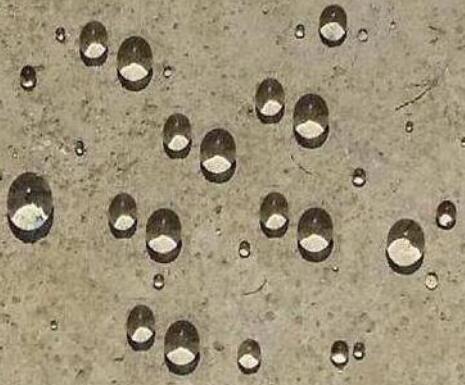
The application of nanomaterials on ceramics is mainly in terms of high temperature resistance, corrosion resistance, scratch resistance, abrasion resistance, etc. Nano ceramic powder coatings have excellent heat insulation effects in high temperature environments, do not fall off, do not burn, water resistance, moisture resistance, etc. Toxic, no pollution to the environment. Tests and verifications show that coating a few centimeters of nano-ceramic powder coating outside the thermal pipeline can effectively prevent heat from spreading out; coating the coating in high-temperature furnaces such as steel mills can control the surface temperature of the furnace within 50 degrees Celsius, which is suitable It is used in the anti-corrosion and cooling outside the furnace of thermal equipment such as thermal boilers and coking gas in metallurgical and chemical industrial power plants, and high-temperature equipment such as thermal pipe networks.
The heavy-duty anticorrosive nano-ceramic coatings used in harsh corrosive environments can effectively protect navigation beacon lamp holders, ships, petrochemical facilities and various storage tanks, bridges, piers, railway culverts, drilling equipment, offshore oilfields and other facilities, as well as strong acids The outer surface of production equipment such as strong alkali can prevent the immersion of strong acid and alkali, salt spray, freezing and thawing, and mold for a long time.
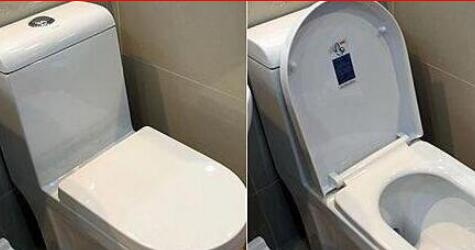
Especially in the field of solar photovoltaics, it has excellent results. A set of data shows that if the global installed capacity is expected to reach about 500GW in 2020, the annual economic loss due to dust reduction in power generation will be as high as 5 billion US dollars. As the installed capacity of power stations continues to grow, this loss will become more serious-when the total global installed capacity is about 1,400GW in 2030, the economic loss caused by dust is expected to be as high as 13 billion U.S. dollars. Nano coatings are applied to the surface of photovoltaic solar panels to effectively prevent the accumulation of dust. The fine dust on the surface is taken away when the rain washes, achieving the effect of self-cleaning and anti-fouling, and can continue to keep the surface of the panel clean and tidy. The power generation efficiency is guaranteed.
Another example is the nano fuel additive. The nano particles in the fuel have the function of catalyzing the combustion during the combustion process. The burned particles have the functions of inhibiting equipment wear, improving lubrication and self-repair. The nano fuel additive makes the thermodynamics stable and dispersed to the lubrication. In the oil, the nature of friction is changed, sliding is turned into rolling, cold start wear is eliminated, friction loss is reduced, and the purpose of vehicle health maintenance and fuel saving is achieved.
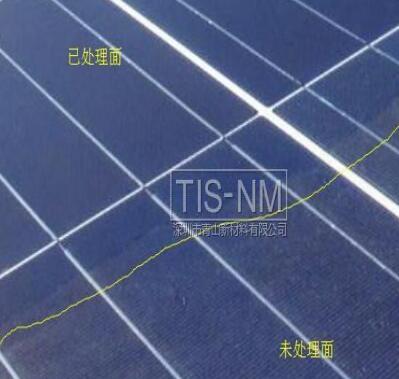
The surface treatment of metal materials has developed from the past electroplating process to a simpler nano-coating coating process, which makes the metal surface treatment process simpler. The application of nano-coating on the surface of stainless steel materials can achieve anti-fingerprint, hydrophobic, oleophobic and anti-fouling Function, coating nano-coating on the surface of other alloy materials can make the surface of metal materials have the characteristics of anti-corrosion, anti-rust and moisture-proof, high temperature resistance and so on.
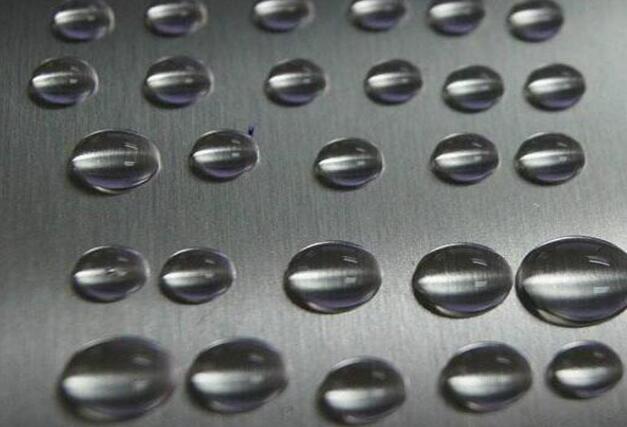
For example, nano air purification equipment and nano photocatalytic air purifiers have triple sterilization functions such as photocatalytic sterilization, ultraviolet sterilization, and dust removal system sterilization. It uses nano photocatalysis mechanism and a carrier with large specific surface area and high adsorption performance to support nano titanium dioxide. The preparation of photocatalytic nets can exert the synergistic effect of high-efficiency physical adsorption and photocatalytic decomposition, realize the permanent decomposition of formaldehyde, benzene and other organic pollutants and timely kill germs, and decompose organic pollutants into carbon dioxide and water, eliminating Defects of physical adsorption saturation and secondary pollution.
Nano materials are also widely used in sewage treatment. Nano water treatment materials use polypropylene as the main raw material. By adding polyvinyl alcohol, hydroxypropyl methyl cellulose, poly(propylene succinate carbonate), and nano-hydroxyapatite , Epoxy polypropylene, polymethyl hydrogen siloxane, montan cetolate, decanal, polyvinylpyrrolidone, borosilicic acid and carvacrol, the prepared high-efficiency nano water treatment materials have good mechanical strength and large The specific surface area, and has a good effect of removing heavy metals.
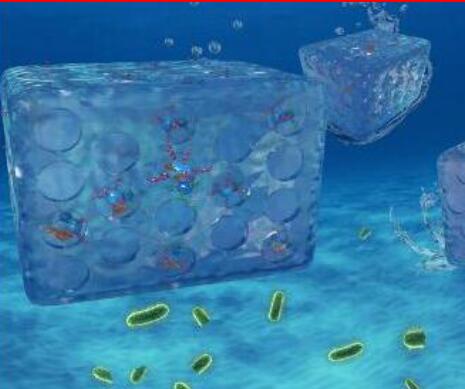
At present, many electric appliance companies have successively introduced novel nano-home appliances. The so-called nano-household appliances are household appliances produced using nanotechnology.
In the nano world, matter has undergone a qualitative leap. For example, copper with good conductivity will not conduct electricity at the nanometer level, while insulating silica begins to conduct electricity at the nanometer level; silica ceramics are usually very brittle, but when the silica ceramic particles shrink to At the nanometer level, brittle ceramics actually have toughness.
When the material is refined to the nanometer level, the manufactured nanomaterials have special properties and are extremely useful. Adding nanomaterials to airplanes can absorb radar waves, and stealth airplanes came out. Knives made of nanomaterials are harder than diamond knives. Computer chips and optical discs are processed into nanometers, and their computing speed and recording density are all orders of magnitude higher than normal.
At present, nanotechnology is mainly used in the field of home appliances for antibacterial and antibacterial "health" aspects. For example, nano-freezers currently on the market use nano-processed materials in areas that are easily accessible to human hands and easy to invade bacteria. This material can effectively inhibit the growth of bacteria, thereby improving the antibacterial ability of the freezer.
Nano-washing machine, is the outer tub of the washing machine using nano-materials, so that the washing machine not only can resist high temperature, abrasion resistance, but also has a strong anti-scaling ability.
Digital Printing Graphic Overlay
Digital Printing Graphic Overlay,Membrane Switches Graphic Overlays,Membrane Switch Panels ,Membrane Switch Button
CIXI MEMBRANE SWITCH FACTORY , https://www.cnjunma.com